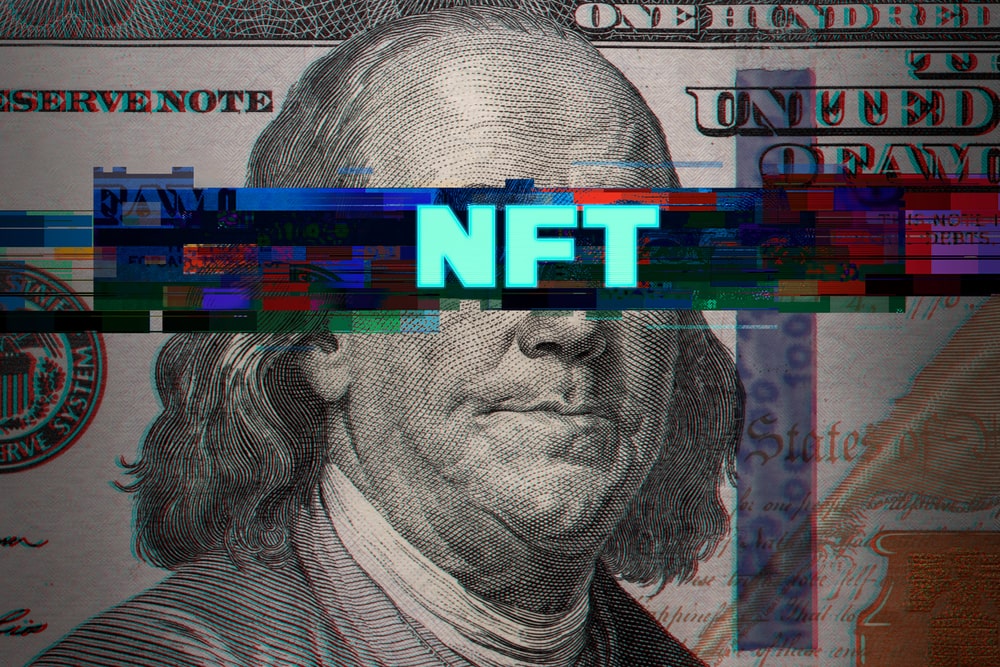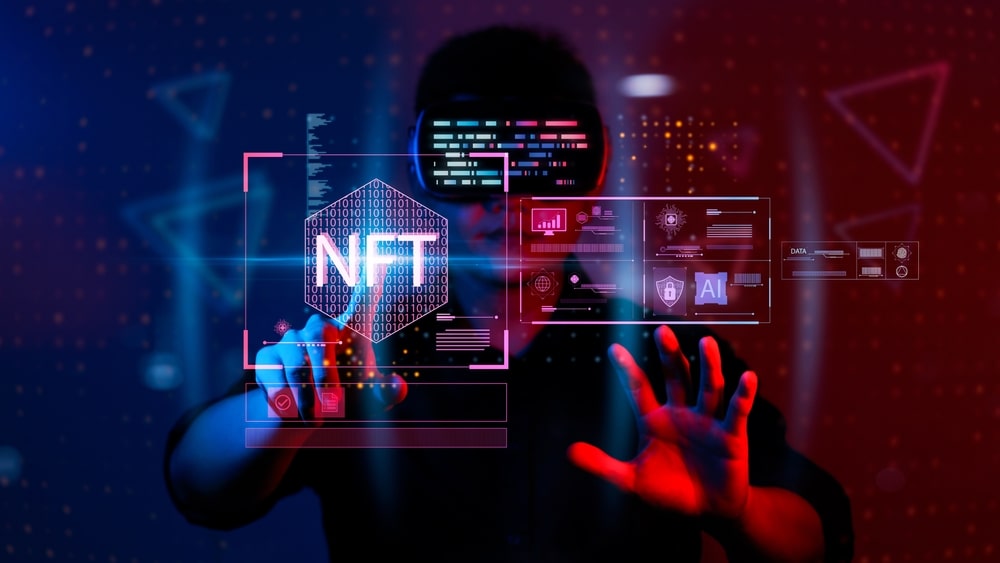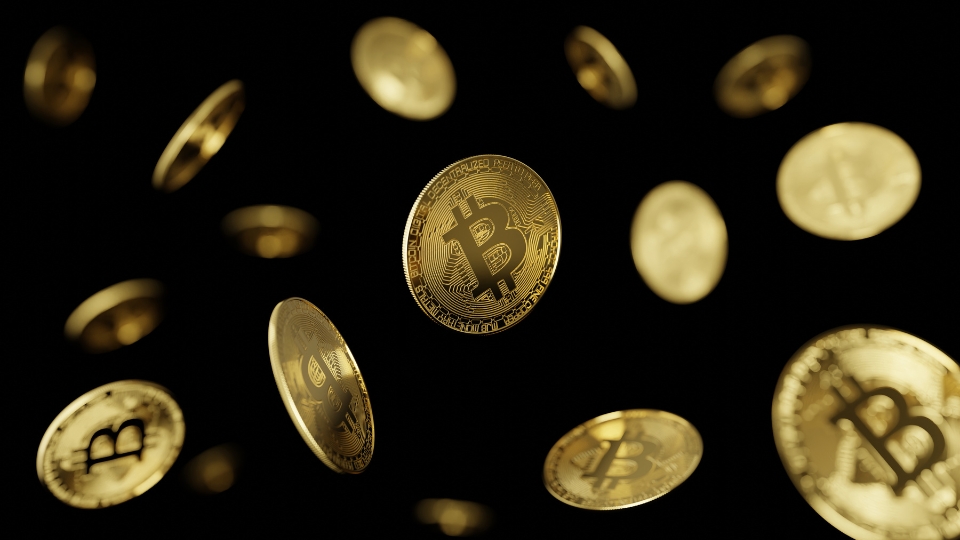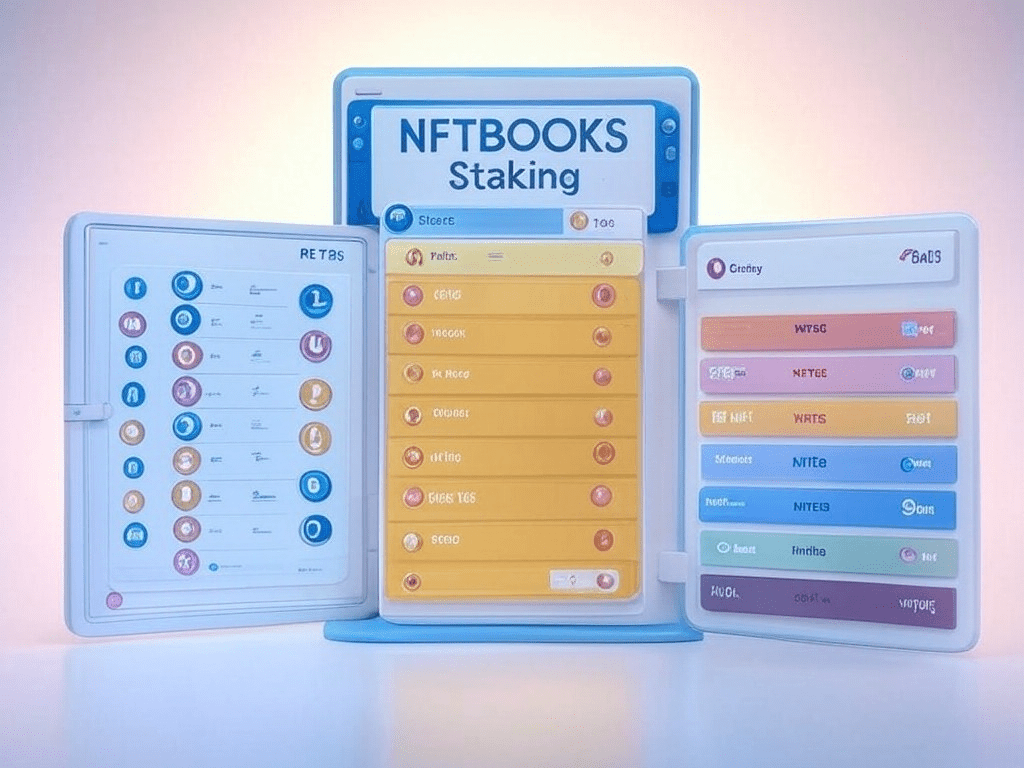What is an NFT Token? What does NFT mean? What are NFT tokens used for? How to make and sell NFT? Does the market of these tokens have a good profit? These are the most common questions that people ask when first encountering this concept. At first, it may seem difficult to understand what NFT is and how it works. To begin with, it is enough to consider NFTs as a file (photo, drawing or video) that we see on the screen. with the difference that blockchain technology is used to transfer this image and store it. In this article, we will discuss what NFT token is, how it is made, what can be converted into NFT, which are the most famous and most expensive NFTs, and everything you need to know about NFTs. Stay tuned with NFTBooks.
What is NFT and what is its application?
In simple language, NFT token refers to those digital assets that, unlike cryptocurrencies such as Bitcoin or Ethereum, are not exchangeable; It means that two of them are not the same and cannot be exchanged. Like digital works of art or different pieces of land in a metaverse platform, each of which is unique and has different values.

Non-Fungible Token is abbreviated as NFT. NFT is a unique token and cannot be exchanged for anything else. For example, there is only one Mona Lisa painting in the world that da Vinci created. In fact, NFT token is a way to prove the uniqueness of a work with the help of blockchain technology (including works of art, in-game items, real estate and etc.). In this way, it is possible to benefit from the feature of not needing to trust the blockchain and to easily perform the process of proving the ownership or origin of an NFT.
| Fungible | Fungible or exchangeable assets are those whose units are all the same and have the same value and can be exchanged with each other. For example, we can refer to a bunch of banknotes. |
| Non Fungible | Non-Fungible means assets whose units are unique and have different values. Like the properties of a region or a collection of works by a painter, each of which is different from the other. |
| Non-Fungible Token | NFT token stands for Non-Fungible Token and represents a non-fungible digital asset. For example, we can mention works of art or collections. |
| NFT MarketPlace | NFT MarketPlace is a marketplace where people can go to buy and sell unique tokens. Opensea, Rarible and NFTBooks decentralized library are examples of these markets. |
History of NFT in the cryptocurrency market
The idea of NFT tokens may be considered Hal Finney’s; At the time of the popularization of collectible card games, he proposed the idea of “digital currency trading cards” that can have definable rarity, ownership, and provable origin; The principles that underlie the current NFT concept.
Traces of the first NFTs on blockchain networks can be found in March 2012; Where the idea of the Colored Coins protocol was proposed for the first time in the Bitcoin network. This protocol was intended to be the basis for the supply of various types of assets (including stocks, bonds, precious metals and goods). A year later, the first collectible items were released on the Bitcoin network; It was released on the Counterparty platform, which had a similar idea to Called Coins, but added a feature such as exchange.

Until 2018 and the introduction of the ERC-721 token standard, NFTs were offered with the ERC-20 standard (the same standard as normal tokens). In June 2017, Larva Labs, by modifying the ERC-20 token smart contract, was able to add specific identifiers to it. To test this change, ten thousand pixel images called Cryptopunks collection were created with the help of this smart contract. These pixelated characters were originally free; But after the users showed a lot of interest in them, their role in the project changed completely. Cryptopunks are so popular that some of them are now being bought and sold for several million dollars.
Other early and important NFT projects include Ethereum Cryptokitties, where users could create and buy and sell unique and beautiful digital cats. This game became so popular that it caused serious problems for the Ethereum network. At the end of 2017 and with the growth of cryptocurrencies, the cost of gas in the network suddenly quadrupled.
The next big step in the spread of NFTs was the opening of Opensea Marketplace in late 2017. This marketplace is still the leader in sales volume in the world of NFTs.
What is the mechanism of NFT?
Similar to other digital currencies, NFT tokens are tokens that are on the blockchain platform. With the difference that their specific standards give them unique features. In very simple terms, an NFT is a tokenized version of a non-tradable asset. The process of making NFT is called minting. When a person mints NFT, he actually executes smart contract codes with a specific standard such as ERC-721. NFT tokens can only have one owner at a time. TokenID and Metadata are used to define who can own an NFT. This data is recorded and stored on the blockchain. The process of making an NFT in the blockchain is summarized as follows:
- Creating a new block
- Information confirmation
- Storing information in the blockchain
What is the application of NFT?
NFTs can be used to tokenize (digitize) almost anything. However, different types of “media” make the most use of these tokens. The most popular applications of NFTs include the following (active projects in each area are also indicated):
- Digital artworks (SuperRare, KnownOrigin, Async Art, Rarible, OpenSea)
- Digital music (Mintbase, InfiNFT, Airnft and Audius)
- Virtual Real Estate (Cryptovoxels, Decentraland and Sandbox)
- Virtual reality or VR wearable items
- Gaming and computer games (Axie Infinity, Sorare, Gods Unchained)
- Tickets for various events or permission to attend them (get protocol)
- Event attendance/activity subscription badges (POAP and Galaxy)
- Blockchain domain names (Ethereum Name Service, Unstoppable Domains and TNS)
- Tokenized luxury goods
- Tokenized insurance policies (yEarn’s yInsure tokens)
- Financial NFTs – indicating the user’s locked-in capital and lock-in duration (Solidly)

How are NFTs made?
There are many NFT manufacturing platforms in the Ethereum ecosystem, and each has its own strengths and weaknesses. To start, we can mention platforms such as OpenSea, Rarible, InfiNFT, Mintbase, and Cargo. These platforms allow users to easily create NFTs. But you must have a file ready to create the token. After you have prepared your file and selected your platform, connect to your wallet, upload your file to the desired platform. The platform will generate your NFT.
In this step, you can specify your NFT type in terms of independence, royalty percentage, accessible content, and more. Once these are prepared, you can start the NFT creation process. To do this process, you need some Ether to pay for NFT token issuance and confirmation transactions. You can then list your NFT on the market for sale.
What is the advantage of the NFTBooks platform?
In this platform you can publish, buy, sell, lend or borrow your books on the NFT platform. In fact, this platform works in the field of books and book reading, which has made it a unique, practical and goal-oriented project.







